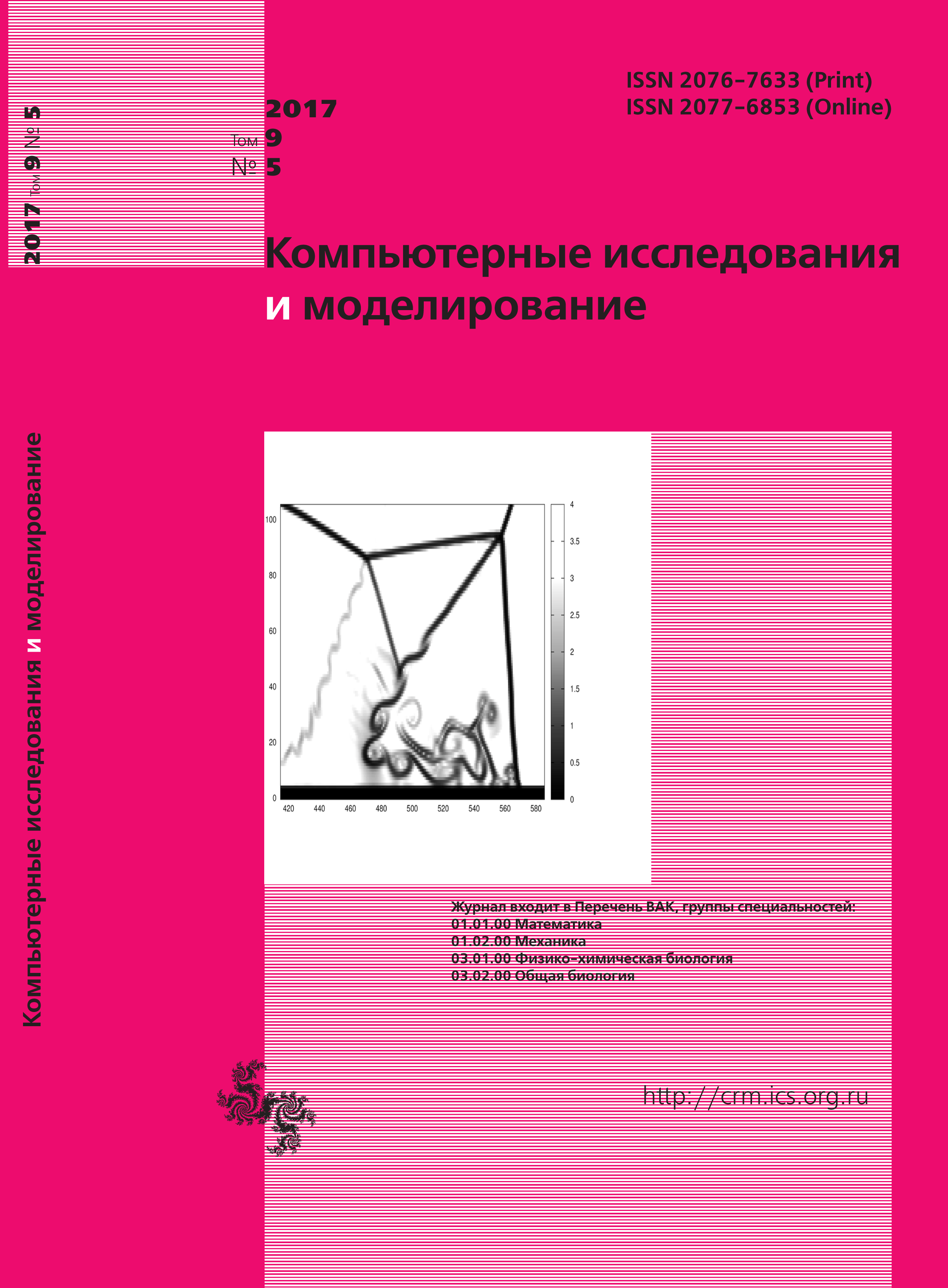All issues
- 2025 Vol. 17
- 2024 Vol. 16
- 2023 Vol. 15
- 2022 Vol. 14
- 2021 Vol. 13
- 2020 Vol. 12
- 2019 Vol. 11
- 2018 Vol. 10
- 2017 Vol. 9
- 2016 Vol. 8
- 2015 Vol. 7
- 2014 Vol. 6
- 2013 Vol. 5
- 2012 Vol. 4
- 2011 Vol. 3
- 2010 Vol. 2
- 2009 Vol. 1
Hypergeometric functions in model of General equilibrium of multisector economy with monopolistic competition
We show that basic properties of some models of monopolistic competition are described using families of hypergeometric functions. The results obtained by building a general equilibrium model in a multisector economy producing a differentiated good in $n$ high-tech sectors in which single-product firms compete monopolistically using the same technology. Homogeneous (traditional) sector is characterized by perfect competition. Workers are motivated to find a job in high-tech sectors as wages are higher there. However, they are at risk to remain unemployed. Unemployment persists in equilibrium by labor market imperfections. Wages are set by firms in high-tech sectors as a result of negotiations with employees. It is assumed that individuals are homogeneous consumers with identical preferences that are given the separable utility function of general form. In the paper the conditions are found such that the general equilibrium in the model exists and is unique. The conditions are formulated in terms of the elasticity of substitution $\mathfrak{S}$ between varieties of the differentiated good which is averaged over all consumers. The equilibrium found is symmetrical with respect to the varieties of differentiated good. The equilibrium variables can be represented as implicit functions which properties are associated elasticity $\mathfrak{S}$ introduced by the authors. A complete analytical description of the equilibrium variables is possible for known special cases of the utility function of consumers, for example, in the case of degree functions, which are incorrect to describe the response of the economy to changes in the size of the markets. To simplify the implicit function, we introduce a utility function defined by two one-parameter families of hypergeometric functions. One of the families describes the pro-competitive, and the other — anti-competitive response of prices to an increase in the size of the economy. A parameter change of each of the families corresponds to all possible values of the elasticity $\mathfrak{S}$. In this sense, the hypergeometric function exhaust natural utility function. It is established that with the increase in the elasticity of substitution between the varieties of the differentiated good the difference between the high-tech and homogeneous sectors is erased. It is shown that in the case of large size of the economy in equilibrium individuals consume a small amount of each product as in the case of degree preferences. This fact allows to approximate the hypergeometric functions by the sum of degree functions in a neighborhood of the equilibrium values of the argument. Thus, the change of degree utility functions by hypergeometric ones approximated by the sum of two power functions, on the one hand, retains all the ability to configure parameters and, on the other hand, allows to describe the effects of change the size of the sectors of the economy.
Copyright © 2017 Goncharenko V.M., Shapoval A.B.
Views (last year): 10.Indexed in Scopus
Full-text version of the journal is also available on the web site of the scientific electronic library eLIBRARY.RU
The journal is included in the Russian Science Citation Index
The journal is included in the RSCI
International Interdisciplinary Conference "Mathematics. Computing. Education"







